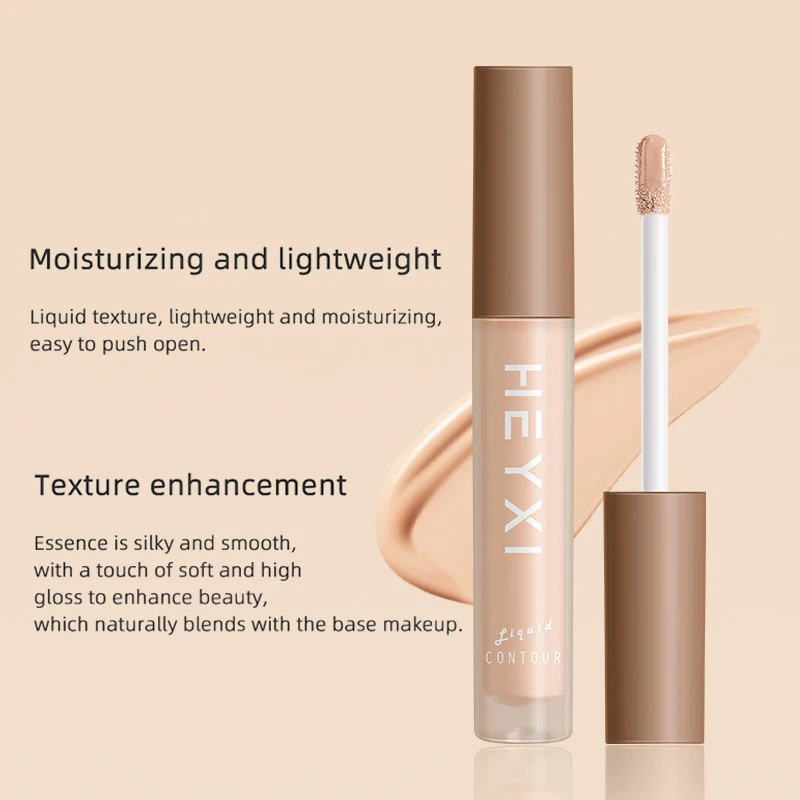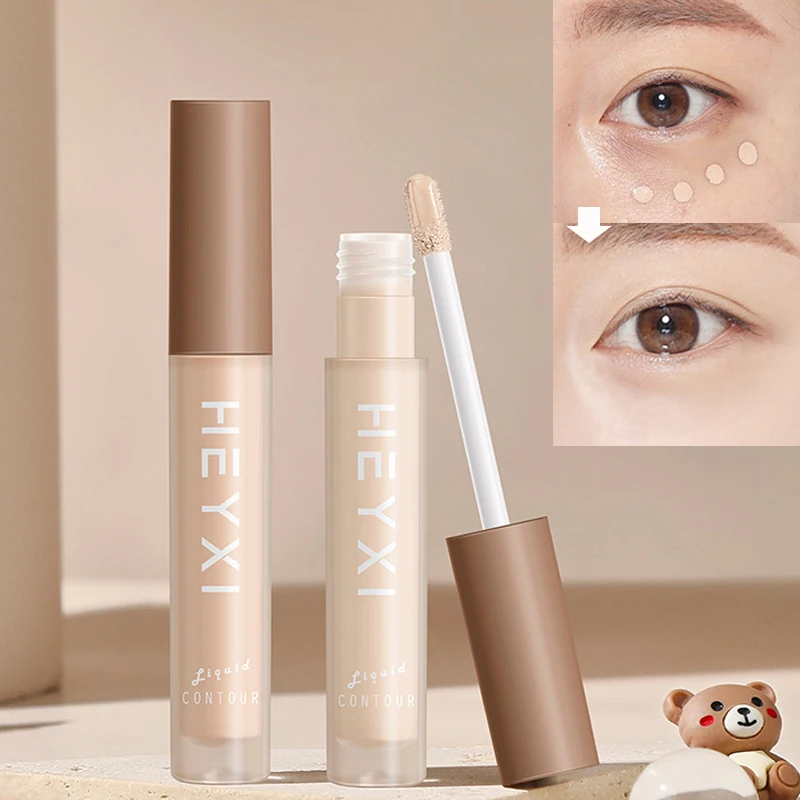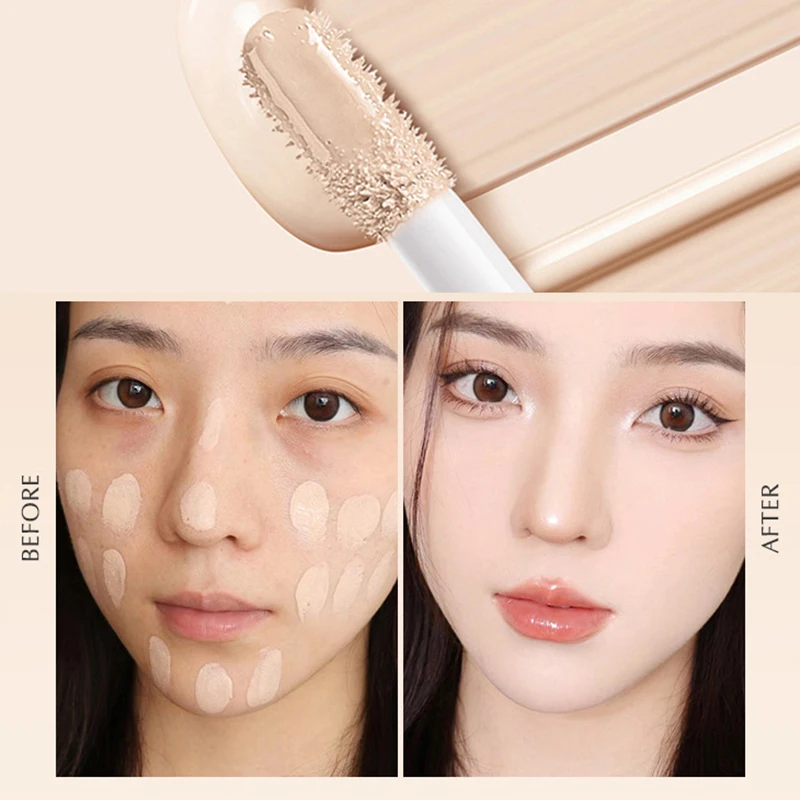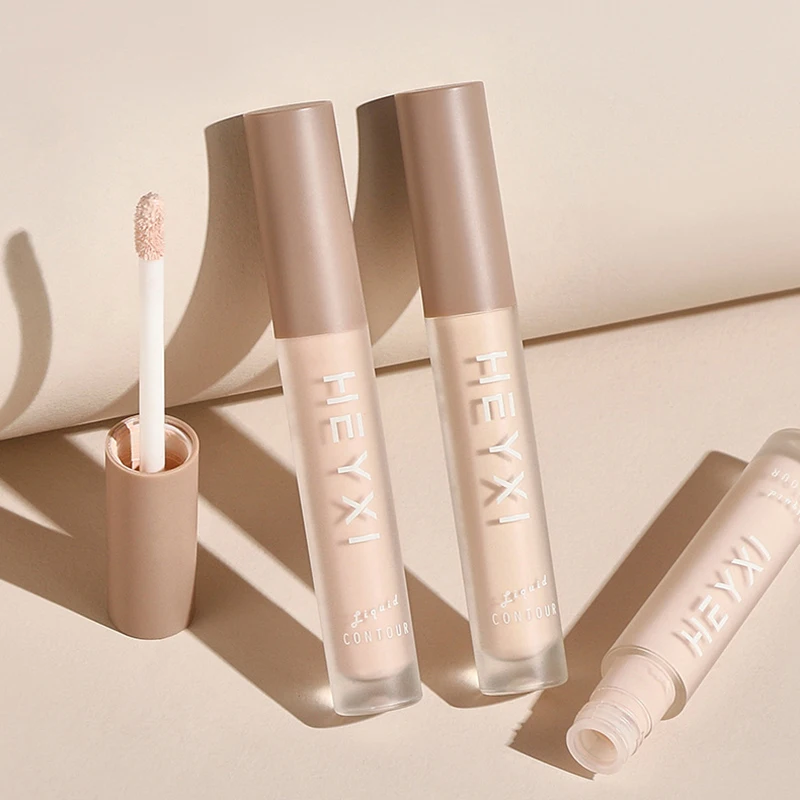Introduction
Makeup can be tricky, especially when it comes to the order of application. One common question is whether concealer should go on before or after foundation. This decision can significantly affect your overall look and how well your makeup lasts throughout the day. In this article, we’ll explore the purpose of does concealer go on before or after foundation and tips for achieving a flawless finish.

Understanding Foundation and Concealer
What is Foundation?
Foundation is the base of your makeup routine. It helps even out your skin tone and provides a canvas for the rest of your makeup. There are different types of foundation available, including liquid, cream, powder, and stick. Each type offers varying levels of coverage and finish. For example, liquid foundations often provide a natural finish, while powder foundations can give a matte look.
When choosing a foundation, consider your skin type. If you have oily skin, look for oil-free formulas. If you have dry skin, a hydrating foundation might work better. The goal is to create an even complexion while still allowing your natural skin to shine through.
What is Concealer?
Concealer is a makeup product that provides extra coverage for specific areas of the face. It is thicker than foundation and is often used to hide blemishes, dark circles, and other imperfections. Concealer comes in various forms, including liquid, cream, and stick. Each type has its benefits, depending on the coverage you need.
Concealer can be a game changer in your makeup routine. It can help cover redness, dark spots, and uneven skin tones. Unlike foundation, which covers larger areas, concealer targets specific spots. This targeted application allows you to achieve a more polished look.
The Debate: Before or After Foundation?
Applying Concealer Before Foundation
Many makeup artists advocate for applying concealer before foundation. This technique can help create a more natural finish. When you apply concealer first, you can focus on the areas that need more coverage without the foundation interfering.
When using this method, begin with your usual skincare routine. Make sure your skin is clean and moisturized. Then, apply your foundation as usual. Once your foundation is in place, you can go in with your concealer to touch up any areas that need extra coverage. This method works well for those who have more pronounced imperfections or dark circles.
Benefits of Applying Concealer First
One major benefit of applying concealer first is that it allows for better blending. When you apply concealer after foundation, you risk disturbing the foundation underneath. This can create uneven textures or patches. By applying concealer first, you can blend it seamlessly into your skin before adding foundation.
Another advantage is that it can help you use less product overall. When you apply concealer first, you may find that you need less foundation. The concealer covers specific areas, allowing the foundation to act as a light veil over the rest of your skin. This can help prevent a cakey appearance, which is often the result of layering too many products.

The Case for Applying Concealer After Foundation
On the other hand, many people prefer to apply concealer after foundation. This technique can provide a more polished and professional finish. When you apply foundation first, you can see exactly where additional coverage is needed. This method allows you to target specific areas more effectively.
By applying foundation first, you create a uniform base. After that, use concealer to cover any remaining imperfections. This technique can work well for those who want a natural look. It allows the foundation to do most of the work while the concealer provides extra support where needed.
Tips for Choosing the Right Concealer
Match the Concealer to Your Skin Tone
Choosing the right concealer is crucial for achieving a flawless finish. One of the most important factors is matching the concealer to your skin tone. A good concealer should be one or two shades lighter than your foundation. This helps brighten areas like the under-eye and highlights the cheekbones.
When selecting a concealer, swatch a few options on your jawline. This area helps you see how the color looks against your skin. Make sure to test it in natural light for the best results. The right shade will blend seamlessly into your skin, providing the coverage you need without looking unnatural.
Consider the Formula
The formula of your concealer can also impact its effectiveness. There are various types of concealers, such as liquid, cream, and stick. Liquid concealers are lightweight and great for under-eye coverage. Cream concealers offer more coverage, making them ideal for blemishes and discoloration. Stick concealers are convenient and easy to apply but may not blend as seamlessly.
If you have dry skin, consider a hydrating concealer. These formulas contain moisturizing ingredients that can help prevent dryness and flakiness. For oily skin, look for oil-free and mattifying concealers to reduce shine and keep your makeup in place.
The Best Application Techniques
How to Apply Concealer Before Foundation
If you choose to apply concealer first, there are specific techniques to follow for the best results. Start by prepping your skin with a good moisturizer and primer. This will help create a smooth canvas for your makeup.
Next, use your finger, a brush, or a makeup sponge to apply concealer to the targeted areas. For dark circles, apply the concealer in a triangular shape under your eyes. This helps brighten the area and lifts the face. For blemishes, use a small brush to apply the concealer directly onto the spot. Make sure to blend the edges so it seamlessly merges with your skin.
After you’ve applied concealer, use foundation to create an even base. Use a brush or sponge to gently apply the foundation over your face. Be careful not to disturb the concealer you just applied. Use a stippling motion to press the foundation into your skin without moving the concealer.

How to Apply Concealer After Foundation
If you prefer to apply concealer after foundation, the process is slightly different. Begin with your foundation, applying it evenly across your face. Make sure to cover any areas that need more coverage.
Once your foundation is set, assess your face for areas that need additional coverage. Using a brush or sponge, apply concealer to those areas. For under-eye circles, use a light hand and gently tap the concealer into the skin. This helps avoid disturbing the foundation underneath.
For blemishes and imperfections, use a small brush to apply the concealer directly on the spot. Gently blend the edges to ensure a smooth transition. This technique allows the foundation to provide a base while the concealer targets specific areas for coverage.
Common Mistakes to Avoid
Over-Applying Product
One common mistake when using concealer is over-applying the product. Many people think that more product means better coverage. However, this can lead to a cakey appearance. Instead of layering on more concealer, focus on blending. Use a small amount of product and build up as needed.
Start with a small dot of concealer on the area that needs coverage. Blend it out gently with your finger, a brush, or a sponge. If more coverage is necessary, you can always add more. This method helps achieve a natural look without the heaviness of excess product.
Ignoring Skin Prep
Another mistake is not properly prepping the skin before applying makeup. A good skincare routine is essential for achieving a flawless finish. Cleanse and moisturize your skin before applying makeup. This helps create a smooth canvas for foundation and concealer.
Using a primer can also enhance the longevity of your makeup. A primer fills in pores and creates a barrier between your skin and makeup. This can help prevent your makeup from settling into fine lines or creasing throughout the day.
Setting Your Makeup
The Importance of Setting Powder
Setting your makeup is an important step in the process. After applying foundation and concealer, use a setting powder to help lock everything in place. Setting powder helps control shine and keeps your makeup looking fresh throughout the day.
Use a fluffy brush to apply a light layer of setting powder. Focus on areas that tend to get oily, like the T-zone. For under-eye areas, consider using a finely milled translucent powder. This will help prevent creasing without adding extra weight.
Alternative Setting Methods
In addition to setting powder, there are other ways to set your makeup. Setting sprays can help lock in your look and give it a fresh finish. Use a setting spray after completing your makeup routine. Hold the spray about six inches away from your face and mist lightly.
This method can provide a dewy finish, making your skin look hydrated and healthy. It’s especially useful for those with dry skin. Just be sure to allow the setting spray to dry completely before touching your face or applying any additional products.
Conclusion
In conclusion, whether you apply concealer before or after foundation depends on your personal preference and desired look. Both techniques have their advantages and can help you achieve a flawless finish. Remember to choose the right concealer and foundation for your skin type and tone. Additionally, pay attention to application techniques for the best results.
Experiment with both methods to see which one works best for you. With practice and the right products, you can create a beautiful makeup look that enhances your natural beauty. Take the time to prep your skin, choose the right products, and apply them correctly. Your makeup routine will become easier, and your results will be stunning.
